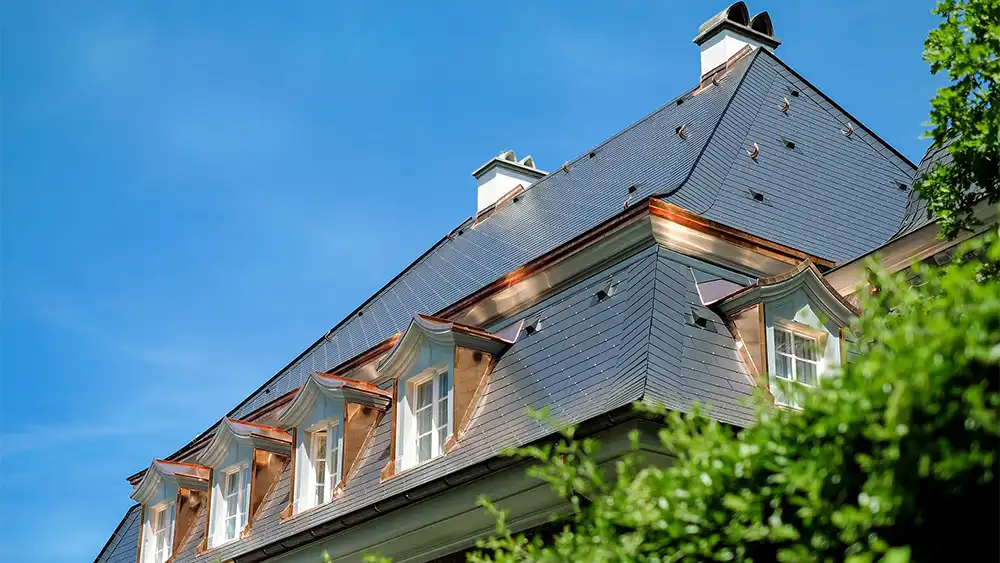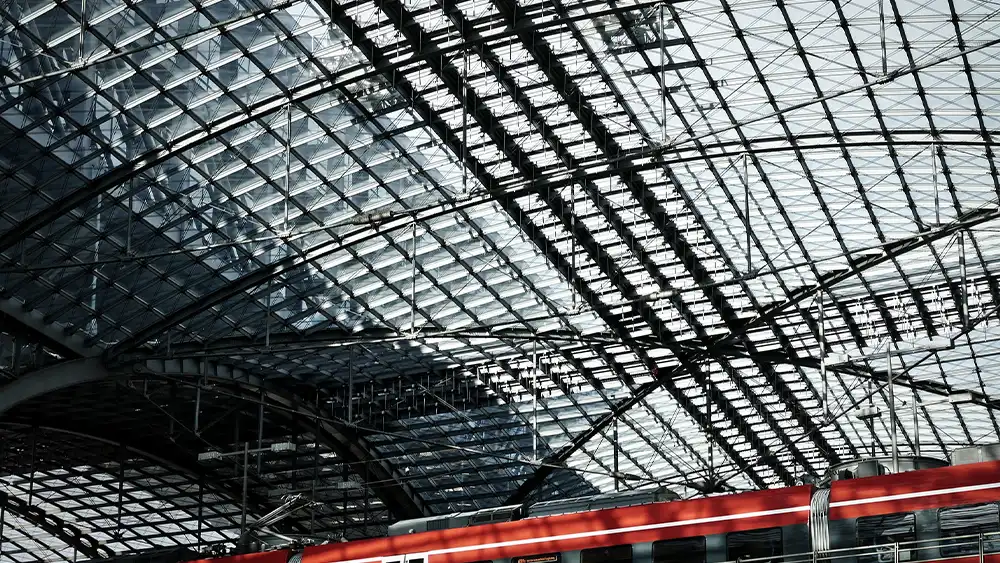Commercial Vs Residential Roofing: A Guide with Top Differences Discussed

Roofing is an essential aspect of any building, whether it’s a cozy suburban home or a towering office block. A well-constructed roof not only protects the structure underneath but also enhances energy efficiency and adds aesthetic value. In the construction industry, understanding the differences between commercial vs. residential roofing is crucial for making informed decisions. This guide will explore the unique characteristics, materials, and maintenance needs of both residential and commercial roofing, helping you make the best choice for your property.
Residential Roofing

What Is Residential Roofing?
Residential roofing refers to the roofs of houses and other small-scale residential buildings. These roofs are designed to provide protection from weather elements while complementing the home’s architecture. Typically, residential roofs have steeper slopes and are smaller in size compared to commercial roofs.
Common Materials Used in Residential Roofing
Several materials are popular in residential roofing, each offering unique benefits:
- Shingles: Asphalt shingles are the most common, known for their affordability, ease of installation, and variety of colors. They are durable and can last up to 30 years with proper maintenance.
- Tiles: Clay and concrete tiles are favored for their aesthetic appeal and longevity. While they are more expensive than shingles, they can last over 50 years and offer excellent resistance to harsh weather conditions.
- Metal: Metal roofs are gaining popularity due to their durability, energy efficiency, and modern look. Materials like aluminum, steel, and copper are commonly used, with lifespans ranging from 40 to 70 years.
Typical Issues and Maintenance Needs for Residential Roofs
Residential roofs, although generally sturdy, require regular maintenance to prolong their lifespan:
- Leaks and Water Damage: Caused by damaged shingles, flashing, or poor installation, Roof leaks can lead to significant water damage if not addressed promptly.
- Moss and Algae Growth: In humid climates, moss and algae can grow on shingles, leading to moisture retention and potential damage. Regular cleaning and zinc or copper strips can prevent this issue.
- Gutter Maintenance: Clogged gutters can cause water overflow, leading to roof and foundation damage. Regular gutter cleaning is essential to prevent these problems.
Commercial Roofing

What Is Commercial Roofing?
Commercial roofing covers the roofs of large-scale buildings such as offices, warehouses, and retail centers. These roofs are generally flat or have low slopes and are designed to accommodate HVAC systems and other equipment.
Different Types of Commercial Roofing Materials
Commercial roofs require materials that can withstand heavy usage and exposure:
- EPDM (Ethylene Propylene Diene Monomer): A durable synthetic rubber roofing membrane, EPDM is valued for its flexibility, resistance to UV rays, and long lifespan of 20 to 30 years.
- TPO (Thermoplastic Olefin): TPO roofing systems are known for their energy efficiency, heat-reflective properties, and resistance to algae and mildew. They can last up to 25 years with proper maintenance.
- PVC (Polyvinyl Chloride): PVC roofing is highly resistant to chemicals, fire, and wind, making it ideal for commercial buildings. Its lifespan ranges from 20 to 30 years.
Unique Challenges and Maintenance Requirements for Commercial Roofs
Commercial roofs face unique challenges due to their size and functionality:
- Ponding Water: Flat roofs are susceptible to ponding water, which can lead to leaks and structural damage. Proper drainage systems are crucial to prevent this issue.
- Roof Traffic: HVAC systems and other equipment on commercial roofs necessitate regular access, increasing the risk of damage. Installing walk pads can help protect the roofing material.
- Thermal Stress: Large, flat roofs are more prone to thermal expansion and contraction, which can cause cracks and splits. Regular inspections and maintenance can mitigate these effects.
3. Key Differences Between Residential and Commercial Roofing
Structural Differences and Their Impact on Design and Installation
Residential roofs typically have steep slopes designed to shed water and snow efficiently. In contrast, commercial roofs are flat or have low slopes, requiring different drainage systems and materials to handle water accumulation. The structural variations also influence the complexity and cost of installation, with commercial roofs often requiring specialized skills and equipment.
Legal and Safety Regulations
Both residential and commercial roofing must adhere to specific legal and safety regulations, but the requirements can differ significantly. Building codes for commercial roofs may include provisions for fire resistance, wind uplift ratings, and energy efficiency standards. Residential roofing codes focus more on materials and installation practices. It’s essential to consult local regulations to ensure compliance. Moreover, you can click here to read more about how professional roofers can help you with this. That way, you can rest assured that your roofing project meets all necessary standards.
Cost Considerations
The cost of roofing varies depending on the type, materials, and labor involved. Residential roofing tends to be less expensive due to the smaller size and simpler installation process. In contrast, commercial roofing can be more costly due to the need for specialized materials, equipment, and expertise. However, commercial roofs often have longer lifespans and lower maintenance costs, balancing the initial investment over time.
Conclusion:
Understanding the differences between residential and commercial roofing is essential for making informed decisions about your property. Both types of roofing offer unique benefits and challenges, from material choices and structural considerations to maintenance needs and cost factors. Whether you’re a homeowner or a business owner, investing in the right roofing solution is crucial for protecting your building and ensuring its longevity.

news via inbox
Sign up and never miss out on the latest news and updates at HighStuff




